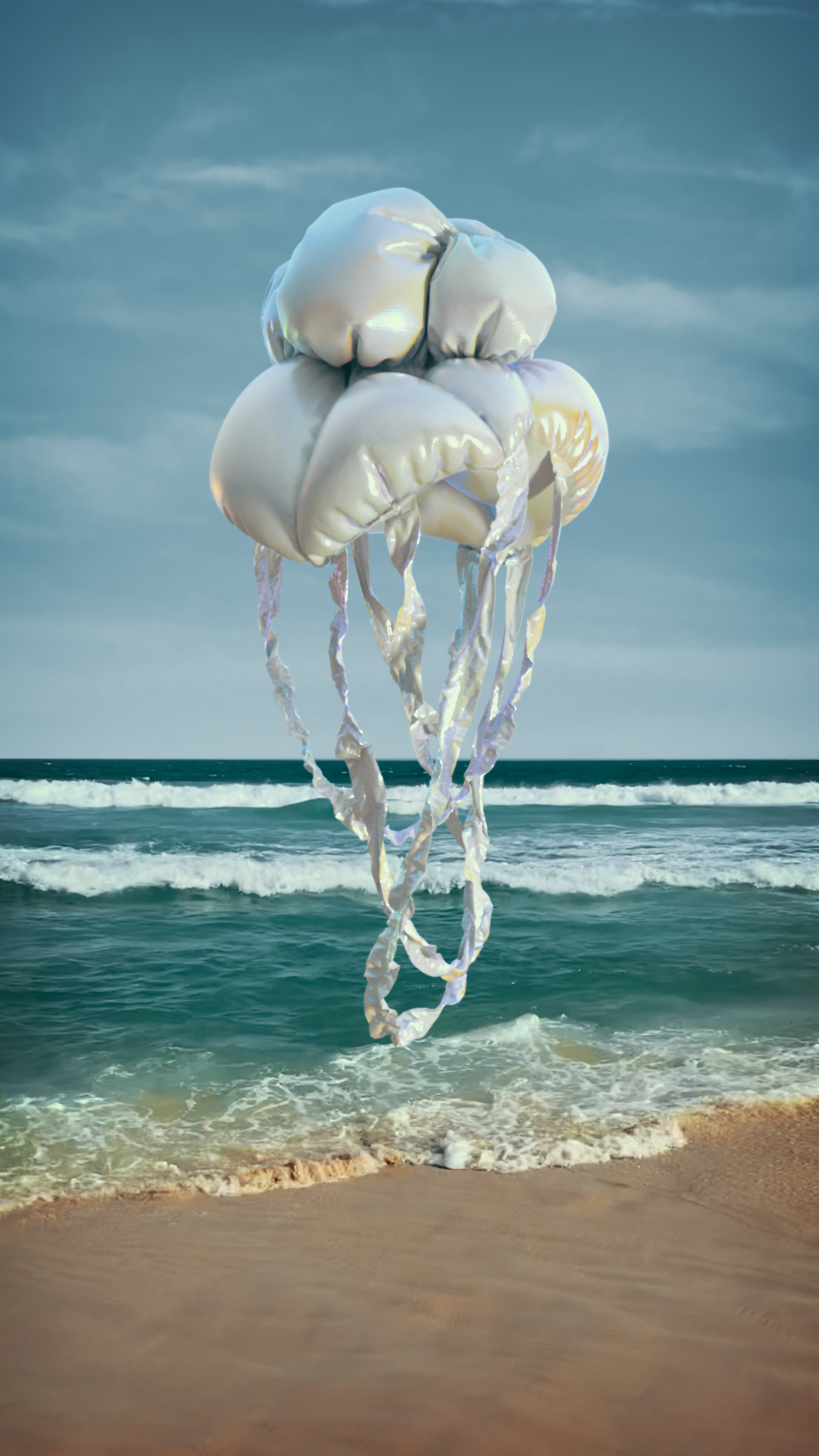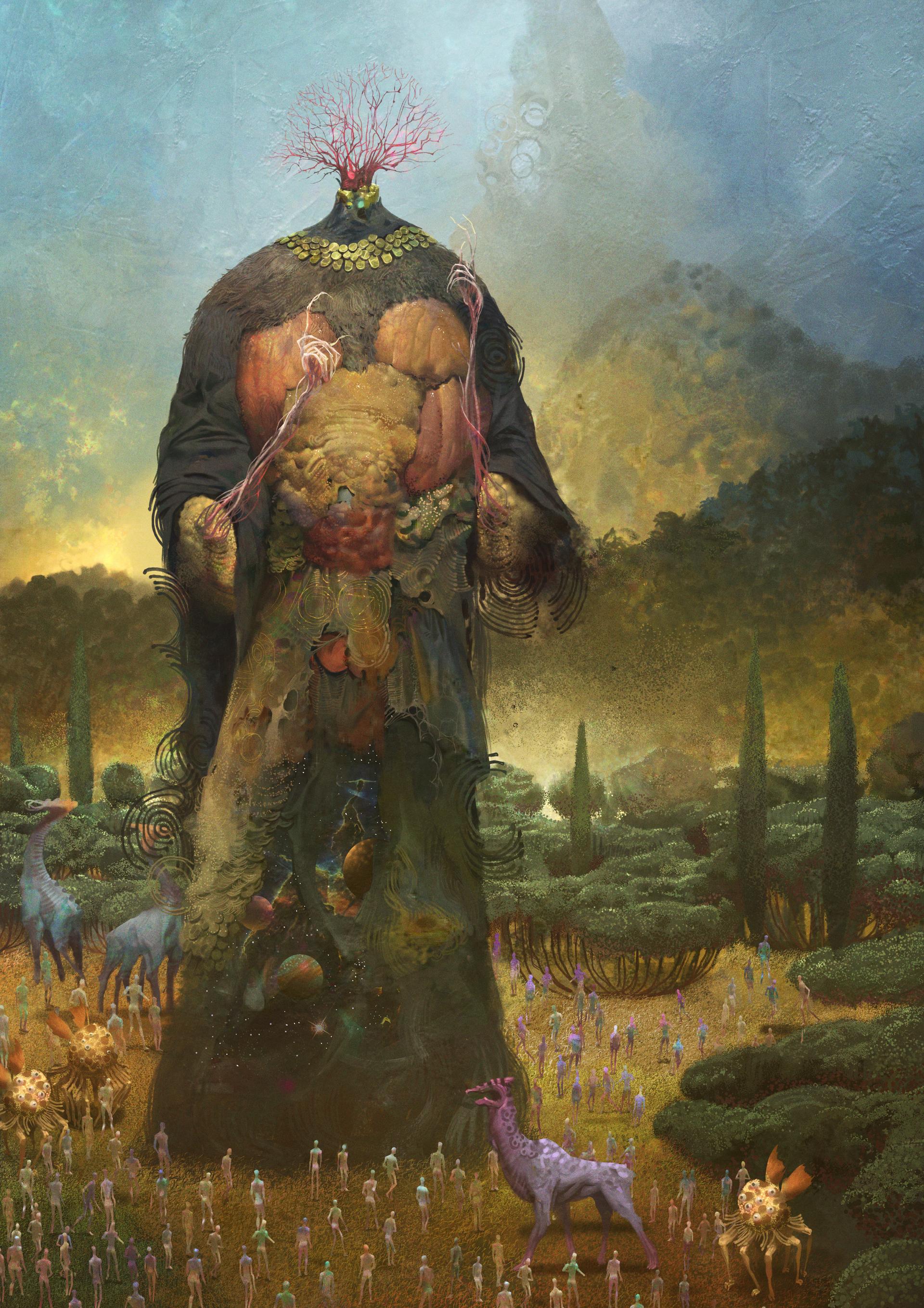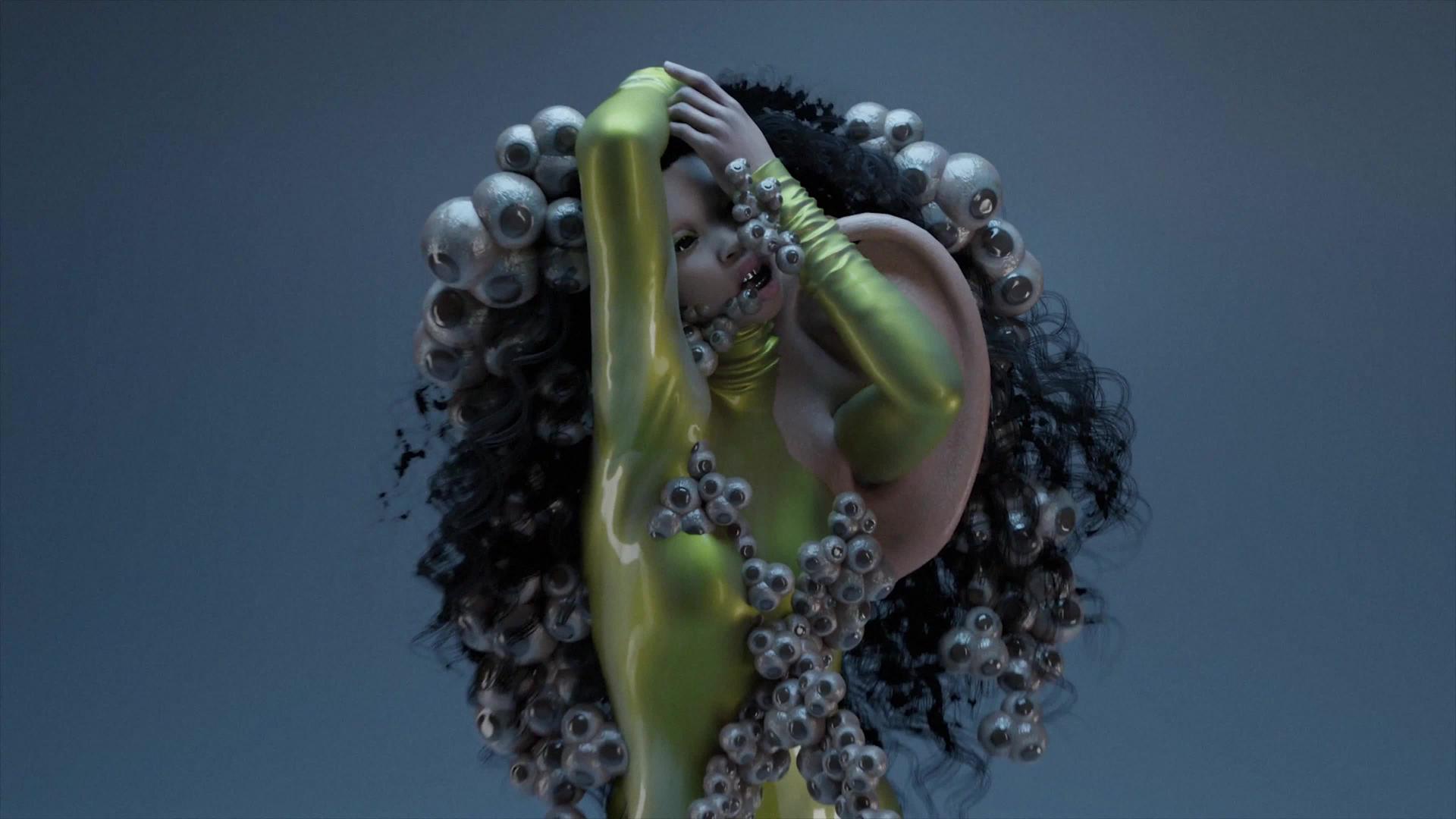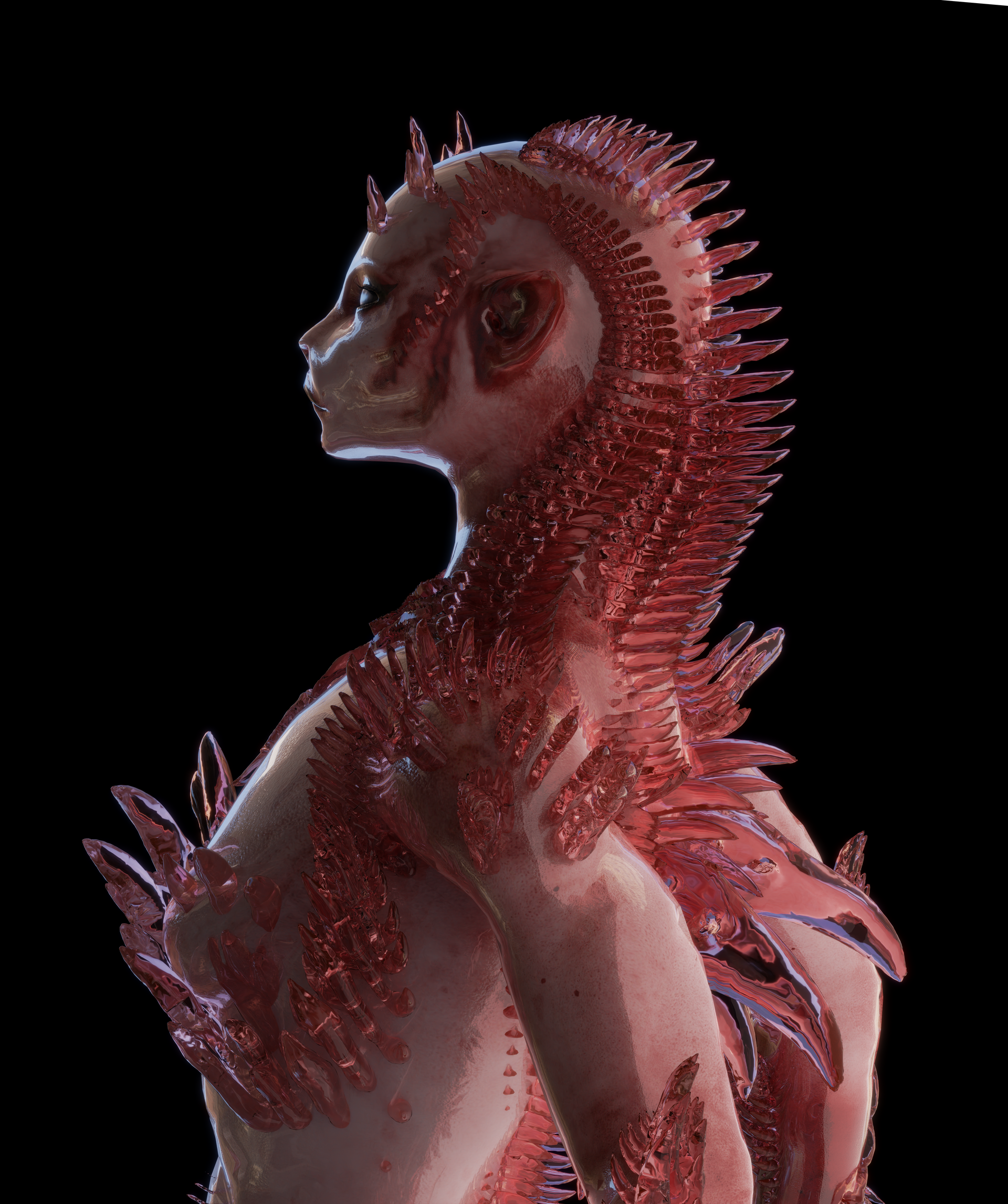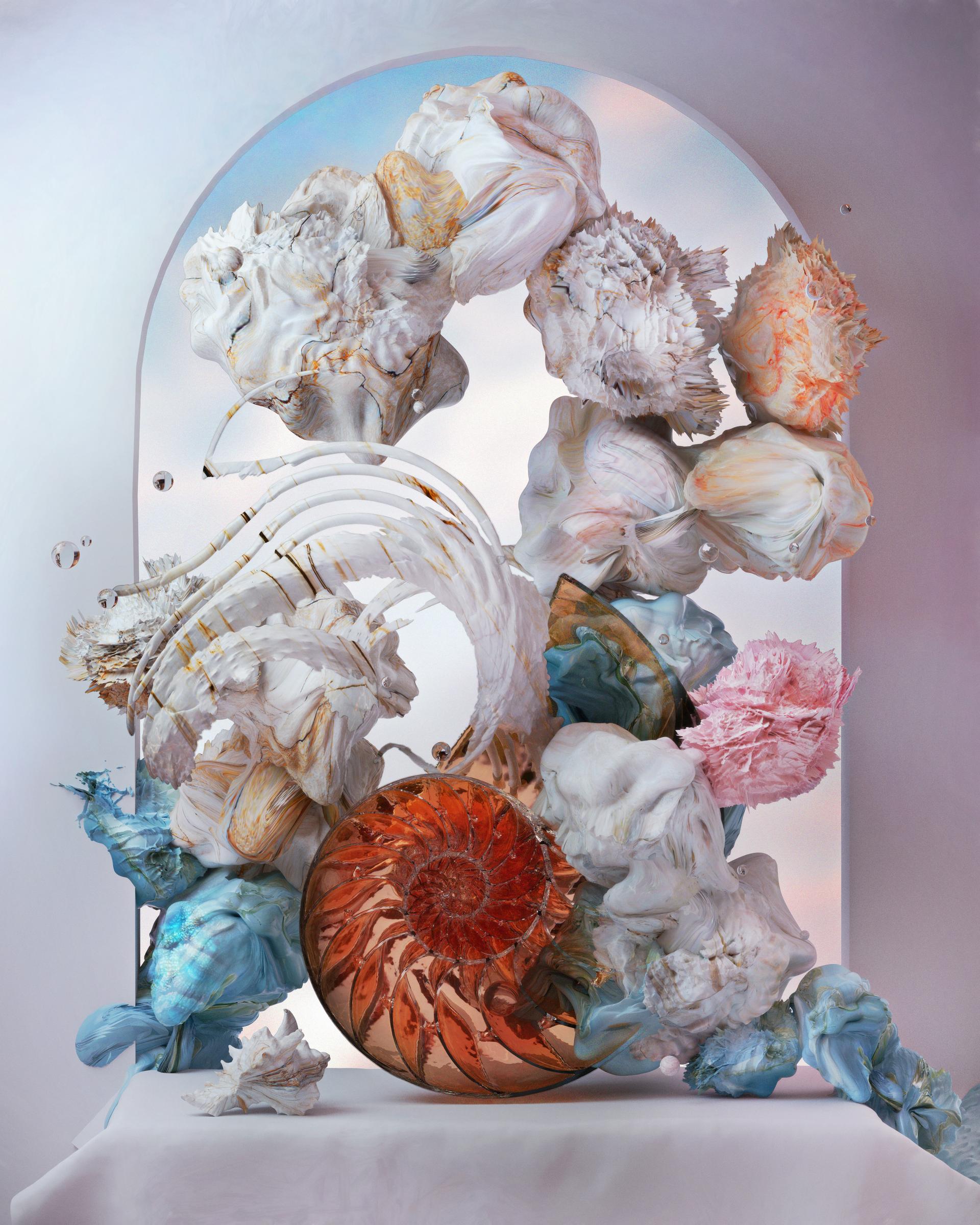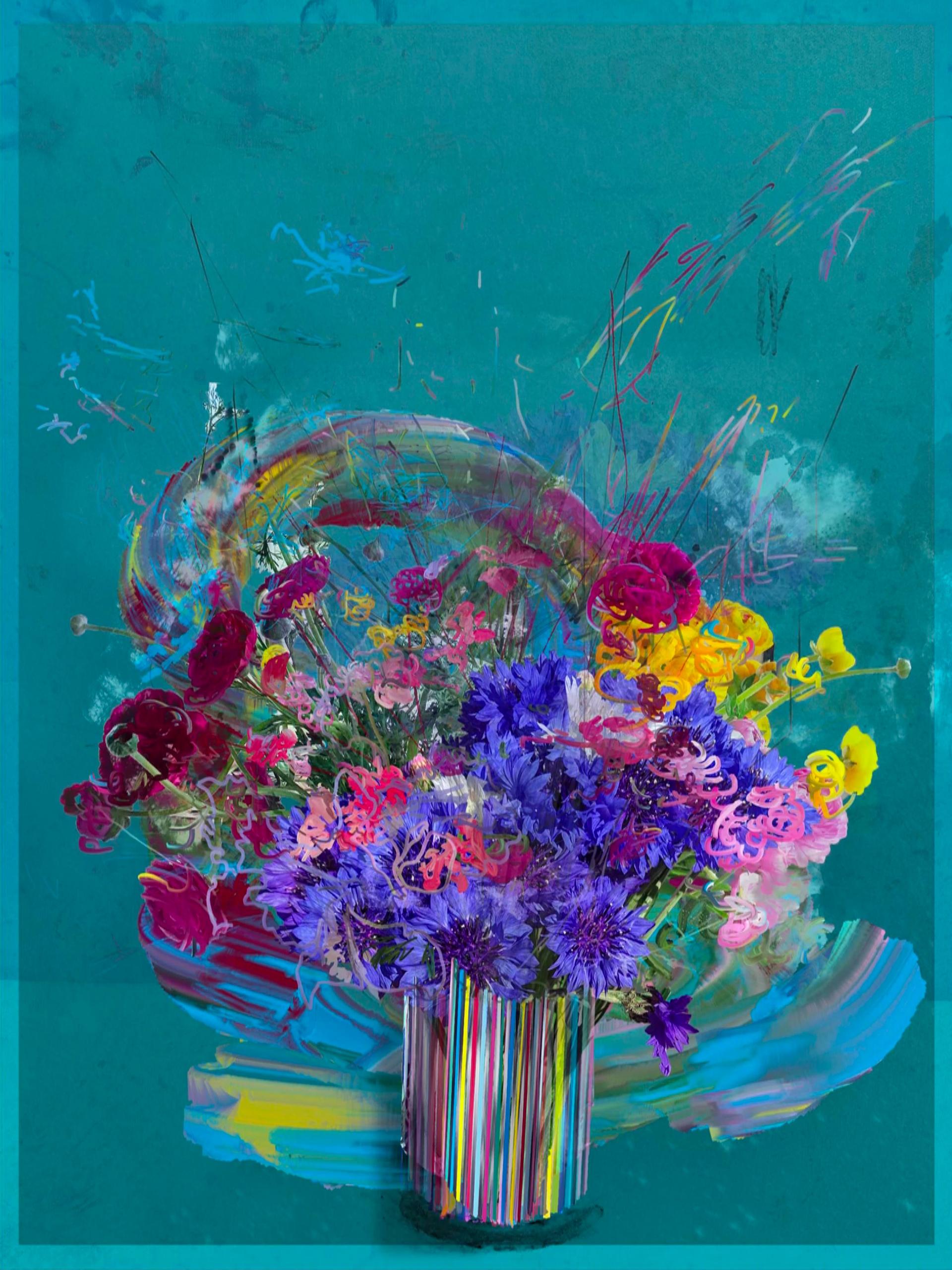The sounds of mutation have been emitted, going fast and far through syntactic, decentralized, and distributed structures. The signal was heard from the part of the world connected to the net (now 63%, increasing). Now, bodies are changing because there is no such thing as a mind: in the end, there are only bodies. When we think, we do it physically; the act of seeing or listening goes through our body; and the same happens when we try to recall, wonder or understand.
To remember our bodies and imagine their drift is an exercise that gets more dizzying and challenging as the virtual layer of experience grows. To make it sound is to create a record in some place between the mess and the order of this process of increasing abstraction, while we feel the mutation or simply get used to it.
This second part of Sounds of Mutation expands its proposal to various regions and focuses on the sonorous image that this wide art scene is constructing between the body and the feel of mutating. Hoping that this audio landscape and its relationship with the visual image will give us a chance to think about time with the ear.
The sounds of mutation have been emitted, going fast and far through syntactic, decentralized, and distributed structures. The signal was heard from the part of the world connected to the net (now 63%, increasing). Now, bodies are changing because there is no such thing as a mind: in the end, there are only bodies. When we think, we do it physically; the act of seeing or listening goes through our body; and the same happens when we try to recall, wonder or understand.
To remember our bodies and imagine their drift is an exercise that gets more dizzying and challenging as the virtual layer of experience grows. To make it sound is to create a record in some place between the mess and the order of this process of increasing abstraction, while we feel the mutation or simply get used to it.
This second part of Sounds of Mutation expands its proposal to various regions and focuses on the sonorous image that this wide art scene is constructing between the body and the feel of mutating. Hoping that this audio landscape and its relationship with the visual image will give us a chance to think about time with the ear.
